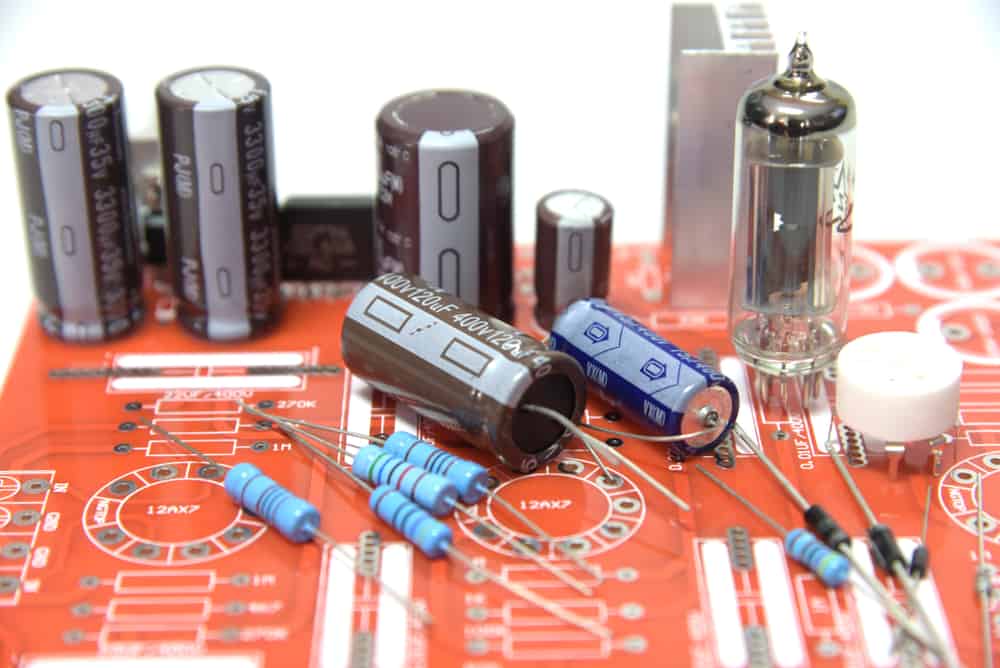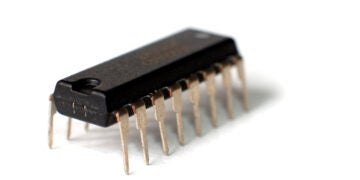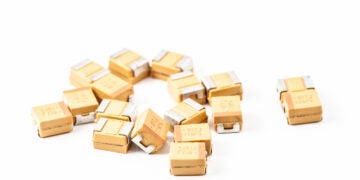
An obsolete electronic parts finder can help with redesigns of older boards.
One of the major considerations when selecting components for a new design is the device’s lifecycle status. In most cases, components at the end of this cycle, typically referred to as being in obsolescence, should be avoided. Failing to take this component availability step can be costly downstream or once your board is in production.
Unfortunately, the issue of obsolescence is not limited to new product introduction (NPI). In fact, virtually all components are eventually discontinued, which poses a problem for PCBs that use them and are still in production. Situations like these benefit from using an obsolete electronic parts finder or a component locator specifically maintained to track the lifecycle status of parts.
How to Locate Obsolete Components
Locating obsolete components may also be necessary when reverse engineering or repairing an older device. The best option for locating parts at this stage is distributors dedicated to maintaining obsolescent component lists and data. However, a comprehensive list that contains your specific component may be difficult to find. In this case, additional steps may be required to locate this important component information, as shown below.
| Steps to Find Obsolete Components | ||
| Steps | Action | Purpose |
| 1 | Search reputable online component databases | These sites often include supply chain resilience information, like component availability, in addition to datasheets and 3D models/simulations. Be wary of any design data not disseminated directly by the OEM or from some official documentation. |
| 2 | Check with the manufacturer | Contact manufacturers directly if data on the website is missing or incomplete. Note that mergers and acquisitions may mean the OEM data is found on another manufacturer’s site. |
| 3 | Find a suitable alternative | Evaluate the package and electrical parameters for a suitable alternative component. Replacements will be easier for passives and “generic” ICs. |
Challenges Posed by Obsolete Components
Before discussing the advantages of an obsolete electronic parts finder, it is informative to understand the challenges these components present to your PCB development and production processes. The most significant of these is the lack of a suitable equivalent component in production, which may require redesign to accommodate an alternative. Additional issues include difficulty locating component information and manufacturer support.
Lack of Equivalent Components
Generally, locating and purchasing an equivalent component will be more straightforward than replacing an obsolete one. Similar components can run the gamut from an exact 1:1 replacement that only varies by a manufacturer’s part number (MPN) to a variant with a similar enough footprint and electrical parameters that it can function as a reasonable stand-in.
Physically replacing a component without a new layout may prove difficult. However, if the packages vary significantly due to differences in pin dimensions, pitches, etc., redesign may be on the table. Depending on the extent of component replacement needed (by the number of BOM entries and total part quantity), redesign with an alternative component, especially for common passives like capacitors, may provide a quicker path to managing obsolete components.
Lack of Information and Support
Unfortunately, the rate of obsolescence is increasing as a trend. The semiconductor shortage and ensuing backlog formed by the global supply chain disruption starting in 2020 have caused manufacturers to reevaluate product lines for profitability. Leading component manufacturers are more willing to accelerate the transition to new products and leave less popular (or profitable) components to move into obsolescence.
Obsolescence affects more than just physical availability. Manufacturer support may also be challenging to track down or nonexistent altogether. A lack of 3D models and simulation support can leave product developers fumbling in the dark with physical prototypes, resulting in increased board or enclosure revisions as they try to capture the electromechanical features accurately.
How An Obsolete Electronic Parts Finder Assists Design Workflow
Obsolete components may arrive from an aftermarket seller without access to the original manufacturer’s documentation. Older or less popular devices may suffer from poor OEM documentation that can be difficult to find, even across online databases. One solution may be to use software wizard tools that create land patterns for standard packages using IPC rules, but this may not be an option if the component doesn’t fit neatly into one of the package types.
Instead, a custom part creation (or re-creation, in this case) might be the best way forward. Instead of design teams having to locate documentation and then vet these products, a third party handles the process. This model has a few benefits:
- Multi-tool support – Librarians or layout designers usually create land patterns for a single ECAD software tool, which can cause downstream issues for a land pattern required across different tools. For service bureaus, having as many versions of an obsolete part as possible allows a more rapid response to customer requests without relying on tool translations that, at best, are likely to require some cleanup.
- Parallel design – Design teams can reduce the legwork in the design run-up and proceed to layout faster by working simultaneously with a custom part creation service. Rather than allocating valuable engineering hours to handle the obsolescent component(s) internally, partnering with a part-creation service at the outset ensures a seamless layout process that incorporates the completed land patterns without lengthening the design timeline.
- Verifiability – All land patterns must submit to a review that establishes the correctness of the package dimensions, pinout, orientation, and other critical aspects of the land pattern design for solderability, functionality, and performance of their physical part. Design teams will want a custom part creation service that provides excellent validation practices for total peace of mind during PCB layout.
An ECAD model catalog with an expansive land pattern count may have these hard-to-find components complete and ready for a schematic association, with no waiting required. Even better, SPICE models of these obsolete components will allow pre-prototype simulation, significantly reducing downstream development surprises and the accompanying costs and delays. Enclosure design will also benefit from improved thermomechanical modeling with accurately dimensioned 3D component bodies.
How to Best Implement an Obsolete Electronic Part Finder
An obsolete electronic parts finder is crucial for sourcing documentation and models where original manufacturer support is limited or absent. While the quickest procurement path involves finding an adequate replacement for the component, this requires some upfront research that may be beyond the scope of the work. Instead, a comprehensive part model library featuring new, current, legacy, and obsolete land patterns for popular ECAD applications can simplify the design process. Working with Ultra Librarian allows you to efficiently build accurate CAD models that can be readily accessed for components even after transitioning into obsolescence. Component library management has never been faster or easier.
If you’re looking for CAD models for common components or important information on how to best use an obsolete parts finder, Ultra Librarian helps by compiling all your sourcing and CAD information in one place.
Working with Ultra Librarian sets up your team for success to ensure streamlined and error-free design, production, and sourcing. Register today for free.








